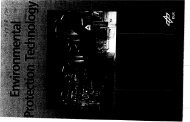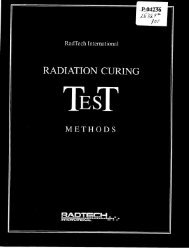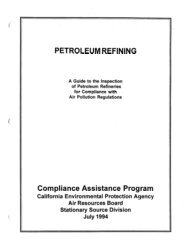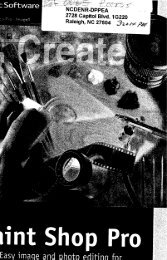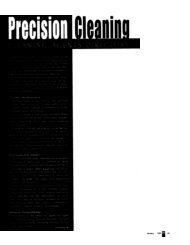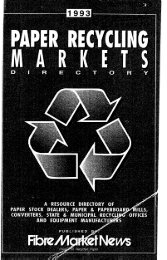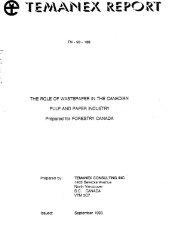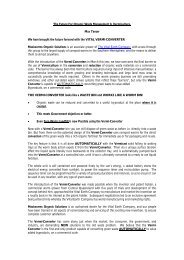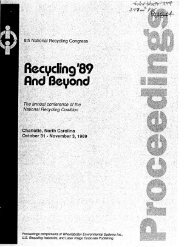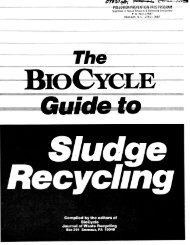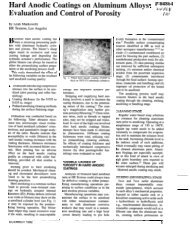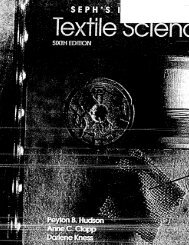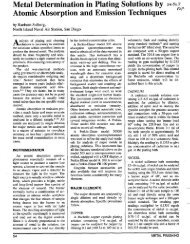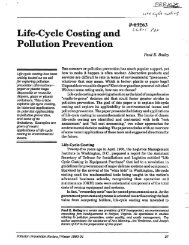Electronic Parts/Guidelines - infoHouse
Electronic Parts/Guidelines - infoHouse
Electronic Parts/Guidelines - infoHouse
You also want an ePaper? Increase the reach of your titles
YUMPU automatically turns print PDFs into web optimized ePapers that Google loves.
use of new or different types of lower volume packaging?<br />
lightweighting with a reduction in volume?<br />
elimination of secondary packaging or wrapping material?<br />
decreasing size of packaging to product ratio?<br />
other volume reduction?<br />
3. Can the package be made so that it is eliminated in using the product?<br />
4. Can the package be made returnable for reuse and redistribution?<br />
5. Can the package be made to be refilled by a customer or consumer either from bulk or larger<br />
containers?<br />
6. Can the package be made to have an identifiable and valuable consumer reuse for another<br />
purpose?<br />
Packaging Recyclability<br />
1. Is the packaging recyclable? (Packaging is recyclable if there is a widely available, economically<br />
viable collection, processing and marketing system for the material.)<br />
If the packaging is not presently recyclable:<br />
2. Can the packaging be made easier to recycle by composing it predominantly of a single material<br />
for which an economically viable collection, processing and marketing system could be developed?<br />
3. If the packaging is made of more than one material, can the non-homogeneous material be eliminated?<br />
4. If non-homogeneous materials cannot be eliminated, can they be made to be removed easily so as<br />
not to prevent, interfere with or add cost to the recycling process?<br />
Recycled Content of Packaging<br />
1. Does the package contain the maximum feasible amount of post-consumer material (i.e., waste<br />
product or material generated by a business or consumer which has served its intended end use<br />
and is discarded for disposal or recycling)?<br />
If additional post-consumer material cannot be added to the packaging:<br />
2. Can additional in-plant or mill scrap be added to the packaging?<br />
3. Do purchasing specifications hinder the use of recycled materials in the packaging?<br />
4. Can purchasing specifications be modified so as to encourage the use of recycled materials in<br />
packaging?<br />
9.4 Environmentally Responsible Packaging--<br />
loPP Handbook for the <strong>Electronic</strong>s Industry<br />
The loPP handbook for the electronics industry is intended to promote excellence In packaging as<br />
defined by two fundamental and equally important principles. Packaging must fully preserve the lnteg-<br />
rity of the products it contains while having a minimum negative impact on the environment.<br />
The Reduction, Reuse, and Recycling of Protective Packaging (R3P2) Task Group has designed the<br />
handbook to aid Packaging Professionals in the electronics industry. to develop packaging and distrib-<br />
ution alternatives. The purpose is to ensure that environmental factors are addressed for the entire<br />
life cycle of their package designs and processes (Product Stewardship).<br />
72 Environmental Packaging <strong>Guidelines</strong>



